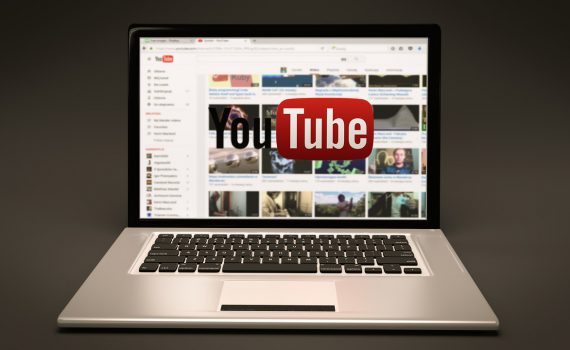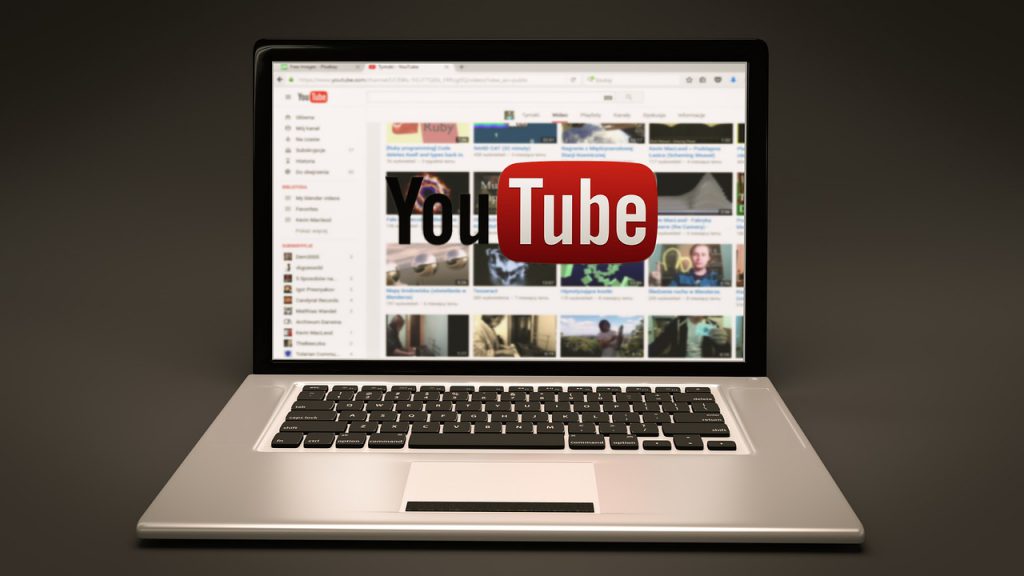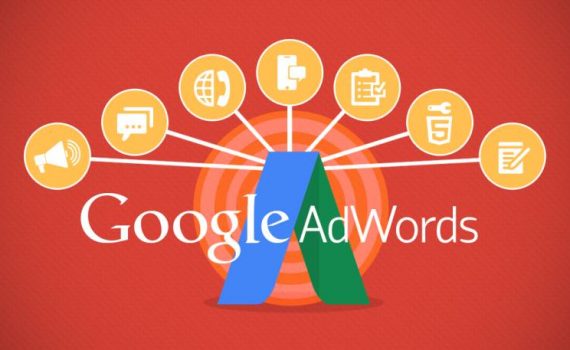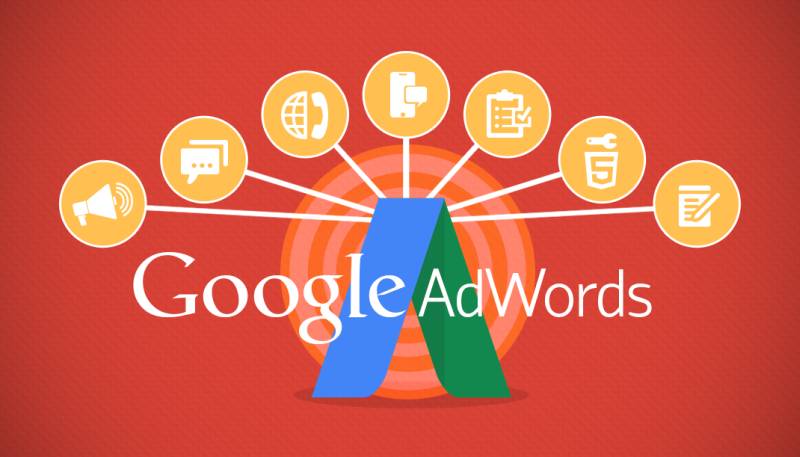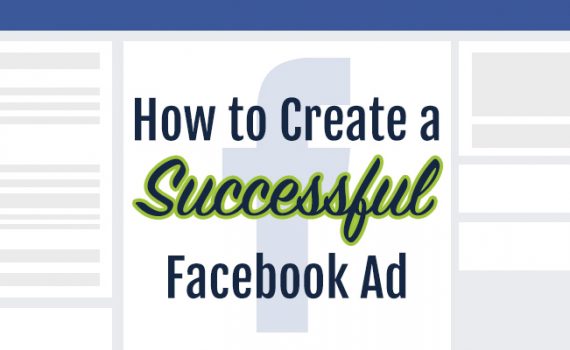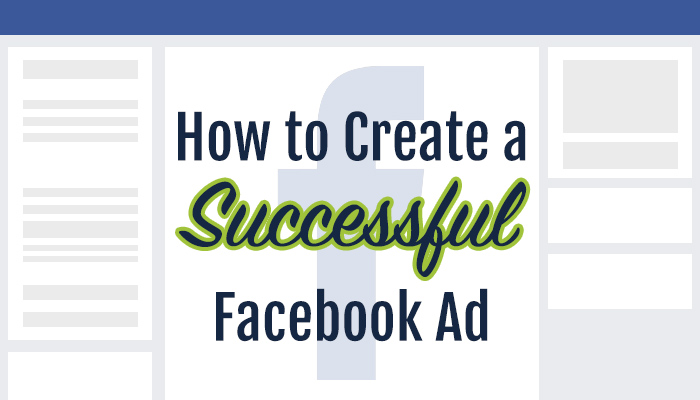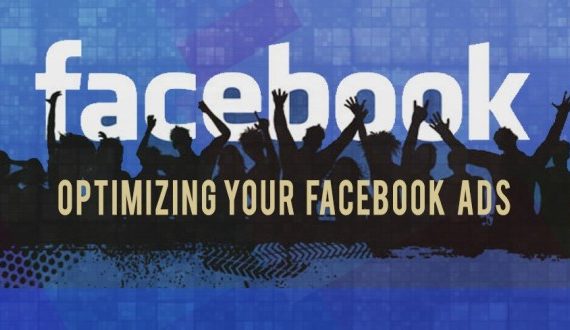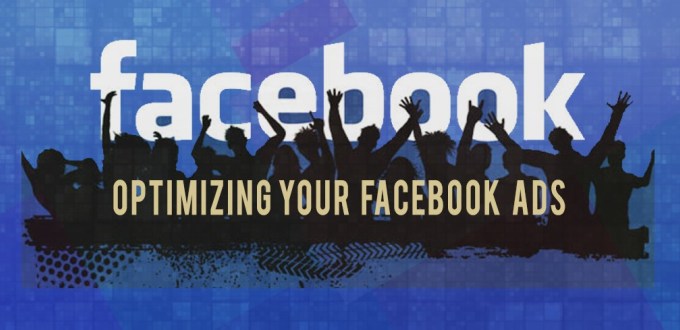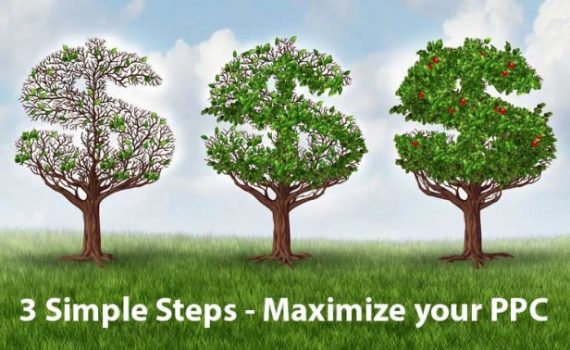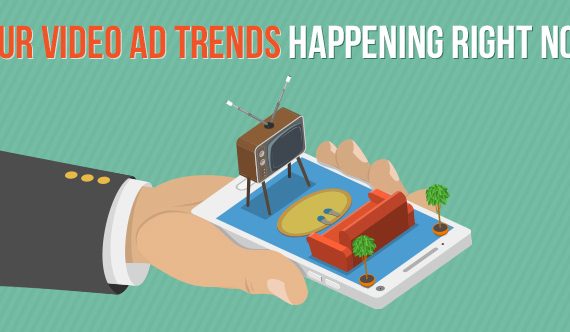
Retargeting on Facebook: Bringing Back Lost Leads
Category : Facebook Ads
Retargeting, or remarketing, on Facebook is a powerful strategy to re-engage potential customers who have previously interacted with your brand but did not complete a desired action, such as making a purchase or signing up for a service. By targeting these warm leads, you can increase conversion rates and maximize your return on investment (ROI). This guide delves into effective retargeting strategies on Facebook, ensuring you can bring back lost leads and turn them into loyal customers.
Exploring Facebook Retargeting
Retargeting involves displaying ads to users who have already visited your website, engaged with your content, or interacted with your brand in some capacity. Facebook’s robust targeting capabilities allow you to create highly personalized ads based on users’ previous behaviors.
+ Benefits of Retargeting: Retargeting helps keep your brand top-of-mind, increases the likelihood of conversions, and makes use of data from users who have already shown interest in your offerings.
+ How It Works: Facebook uses tracking technologies like the Facebook Pixel and Custom Audiences to identify and retarget users who meet specific criteria.
Setting Up the Facebook Pixel
The Facebook Pixel is a piece of code you place on your website to track user actions and gather data for retargeting.
+ Installation: Add the Pixel code to the header of your website. Facebook provides step-by-step instructions and integration options for various platforms like WordPress, Shopify, and more.
+ Tracking Events: Set up standard events (e.g., PageView, AddToCart, Purchase) or custom events to track specific user actions. This data allows you to create more precise retargeting audiences.
Creating Custom Audiences for Retargeting
Custom Audiences enable you to target specific groups of users based on their previous interactions with your brand.
+ Website Traffic: Create audiences from users who visited your website or specific pages. For example, target users who viewed a product page but didn’t complete the purchase.
+ Engagement: Target users who engaged with your content on Facebook or Instagram, such as those who watched your videos, liked your posts, or commented on your content.
+ Customer Lists: Upload your customer lists (email addresses, phone numbers) to create audiences from your existing customers or leads.
Dynamic Retargeting for Personalized Ads
Dynamic retargeting allows you to show personalized ads featuring products or services that users have shown interest in on your website.
+ Product Catalog: Upload your product catalog to Facebook, linking each product with specific attributes (name, price, image, URL).
+ Dynamic Ads: Set up dynamic ads to automatically display the most relevant products to each user based on their previous interactions. This is especially effective for e-commerce businesses aiming to recover abandoned carts.
Crafting Compelling Retargeting Ads
The success of your retargeting efforts depends on the quality and relevance of your ad creatives. Here’s how to craft compelling retargeting ads:
+ Personalization: Use dynamic ad content to tailor the ad to each user’s interests and behaviors. Mention specific products or categories they viewed.
+ Strong Call-to-Action (CTA): Encourage users to complete the desired action with clear and compelling CTAs, such as “Shop Now,” “Complete Your Purchase,” or “Sign Up Today.”
+ Incentives: Offer special discounts, free shipping, or limited-time offers to entice users to return and convert. Highlight these incentives prominently in your ads.

Capture lost leads and drive conversions with strategic Facebook retargeting ads designed to re-engage visitors.
Sequencing Your Retargeting Ads
Creating a sequence of retargeting ads helps guide users through the conversion funnel, addressing their potential objections and providing additional information at each stage.
+ Awareness Stage: Reintroduce users to your brand with engaging content that highlights your unique value propositions. Use testimonials, reviews, or case studies to build trust.
+ Consideration Stage: Provide more detailed information about your products or services. Use video demos, product comparisons, or in-depth articles to address potential objections.
+ Conversion Stage: Focus on driving action with strong CTAs and incentives. Show urgency by highlighting limited-time offers or low stock levels.
Leveraging Lookalike Audiences for Expanded Reach
Lookalike Audiences allow you to find new users who share characteristics with your existing customers or leads. This helps expand your reach while maintaining relevance.
+ Source Audience: Use your Custom Audiences as the source for creating Lookalike Audiences. The higher the quality of the source audience, the more effective the Lookalike Audience will be.
+ Audience Size: Choose the size of your Lookalike Audience. Smaller percentages (1-2%) are more similar to your source audience, while larger percentages (3-10%) expand reach but may decrease similarity.
Monitoring and Optimizing Your Retargeting Campaigns
Continuous monitoring and optimization are crucial for maintaining the effectiveness of your retargeting campaigns.
+ Performance Metrics: Track key metrics such as click-through rate (CTR), conversion rate, cost per click (CPC), and return on ad spend (ROAS). Use these insights to adjust your strategies.
+ A/B Testing: Test different ad creatives, audiences, and bidding strategies to identify what works best. Use A/B testing to refine your approach continually.
+ Frequency Capping: Set frequency caps to limit the number of times a user sees your retargeting ads. This helps prevent ad fatigue and maintains a positive user experience.
Advanced Retargeting Strategies
For more sophisticated retargeting efforts, consider implementing these advanced strategies:
+ Cross-Channel Retargeting: Extend your retargeting efforts across multiple platforms, such as Instagram, Messenger, and Audience Network, to reach users wherever they are.
+ Exclusion Audiences: Create exclusion audiences to prevent targeting users who have already converted or taken specific actions. This ensures you don’t waste ad spend on users who don’t need further nudging.
+ Sequential Messaging: Develop a sequence of messages that evolve based on user interactions. For example, if a user engages with your first ad but doesn’t convert, show them a follow-up ad with additional information or incentives.
Retargeting Best Practices
To maximize the success of your retargeting campaigns, follow these best practices:
+ Relevance and Timing: Ensure your ads are relevant and timely. Target users based on recent interactions to keep your brand fresh in their minds.
+ Clear Path to Conversion: Make it easy for users to convert by ensuring your landing pages are optimized for mobile, load quickly, and have a clear CTA.
+ Consistent Messaging: Maintain consistency in your ad messaging and design to reinforce your brand identity and build trust with your audience.
+ Privacy Compliance: Adhere to privacy regulations and best practices, such as obtaining user consent for tracking and providing clear opt-out options.
Wrapping it up
Retargeting on Facebook is a powerful way to re-engage lost leads and convert them into loyal customers. By understanding the fundamentals of retargeting, setting up the Facebook Pixel, creating Custom Audiences, leveraging dynamic retargeting, crafting compelling ads, sequencing your messages, and continually monitoring and optimizing your campaigns, you can effectively bring back lost leads and drive higher conversion rates. Implement these strategies to maximize your retargeting efforts and achieve better results from your Facebook ad campaigns
